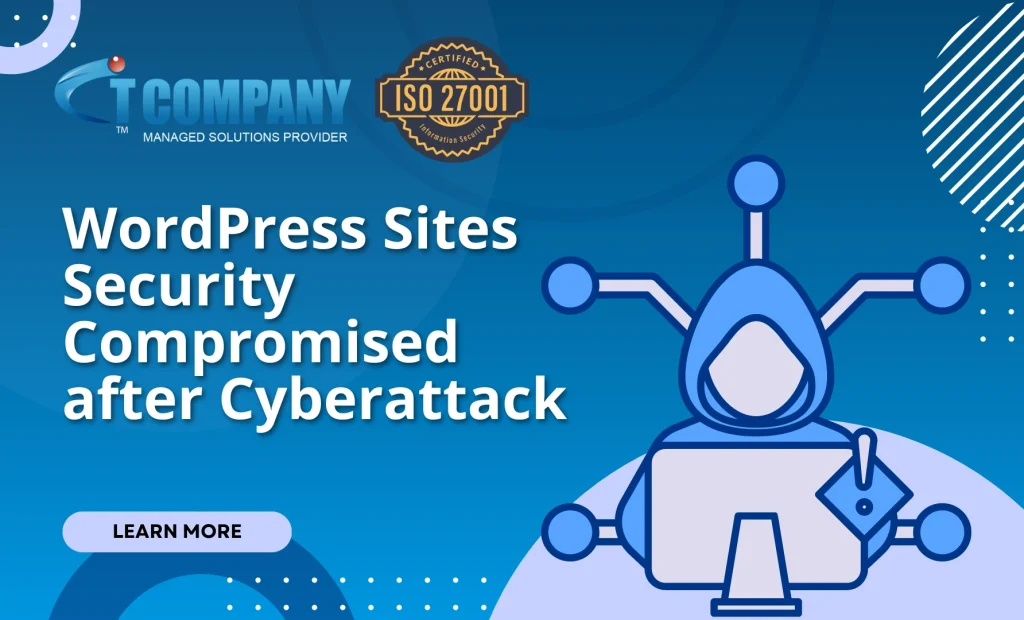
WordPress Cyberattack was reported on 22nd April 2022. It was a JavaScript-based malware that was injected into the sites.
The malware redirects visitors to scam sites and other suspicious websites. These affected websites share core WordPress hosting.
Table of Contents
ToggleHow the Attack Works
Malware analyst Krasimir Konov reports that the affected websites share the same WordPress hosting and have all been injected with the same corrupted JavaScript. This clever phishing attack leads visitors to unintended destinations without their knowledge.
IT Company – ISO 27001 certified will offer you full comprehensive plan to secure your website from these potential hacking and advance protection from future attacks.
What Happens to Visitors
Visiting these sites mean your are unknowingly redirects to fake CAPTCH checking pages, which disguises you to malicious ads as their necessary security checks. Just one click away and you are at the mercy of hackers.
Lessons Learned from WordPress Cyberattack
The recent cyberattack on WordPress sites underscores the critical importance of maintaining up-to-date software and implementing robust security measures.
As vulnerabilities in outdated themes and plugins can be easily exploited, website owners must prioritize regular updates to their WordPress installations. The attack serves as a stark reminder that neglecting basic security practices can lead to severe consequences, including data breaches and financial losses.
Targeting Vulnerabilities
Vulnerable plugins and themes are the paradise zone for attackers. Through these loopholes, only seepage and penetration is possible. This exploitation compromises the security of these websites, allowing the malware to take hold.

Preventive Measures
You can prevent cyberattacks and for that purpose follow these steps that can reduce the impact.
- Keep Everything Updated: Regularly update WordPress themes, plugins, and versions.
- Limit Logins: Restrict login attempts to minimize unauthorized access.
- Enable Two-Factor Authentication: Two factor authentication adds an extra layer of security.
- Implement Security Measures: Use website security tools and regularly scan for malware.
Follow these steps and you will be saved from future WordPress sites vulnerabilities.
Conclusion
As cyberattacks on WordPress sites continue to rise, it is crucial for website owners to take proactive measures to protect their online presence. If you want to keep your digital asset infection free, make sure to update software, limit access and employ all security measures.
By staying vigilant and informed, users can better safeguard their websites against malicious threats.